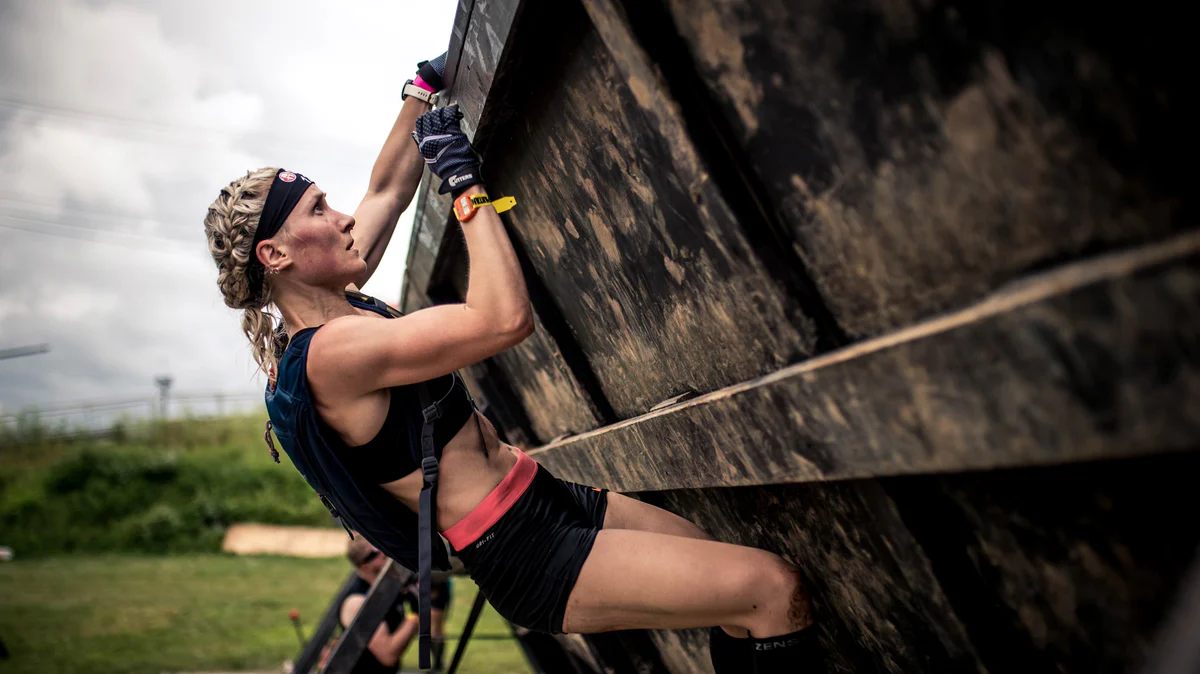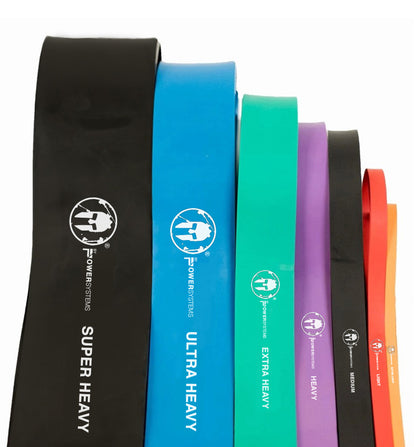These Are the 5 Best Exercises to Become a Better Climber

Spartan races involve a lot of three things: running, burpees, and climbing. The first two are at least easy to practice: you can run in the streets and do burpees at home.
Climbing is harder to practice. You can go to a climbing gym, of course, but to really train for a race you need to be training nearly every day. So, how do you practice your climbing at home or at a regular gym?
Related: How to Master the Rope Climb Without Climbing a Rope
The following exercises will let you build the capabilities that you need to climb well — endurance in the gripping muscles of the hands and forearms, the ability to generate brief bursts of power with the pulling muscles of the arms and the upper back, and the pushing muscles of the quadriceps and glutes.
Pull–Ups
This is an obvious one, but still important, and it can be done either at a gym or with an at-home pull-up bar.
Climbing obviously involves a lot of pulling yourself up, so it’s important to train that movement. And you want to train it the same way you do it in a race, or as close as possible. That means that you stick to the traditional pronated (palms outward) grip, rather than parallel or supinated (palms inward, as in a chin-up).
You also want to train for endurance, and practice managing your fatigue levels. For the purpose of training to climb better, grease the groove training — doing a lot of sets well short of failure every day — is very useful here. Note that grease the groove is a lot easier to do when you have a pull-up bar at home.
Note that if you're training for The Twister specifically, you should also try to do ring pull-ups, assuming a set of rings is available.
Dead Hang and Assisted Dead Hang
A dead hang simply means hanging from a pull-up bar without pulling yourself up. Unlike pull-ups, this is a pure hand and forearm exercise that tests your grip strength.
Related: A Guide to Grip Strength Workouts
That has obvious carryover to climbing, but for this purpose I recommend a mix of unassisted and assisted dead hangs. That is, use an assist machine at the gym — or a resistance band attached to your home pull-up bar — to reduce your effective weight so you can hang for longer.
Why do it this way? Because in half of Spartan’s climbing challenges, your legs will be involved, so your entire weight isn’t being held up by your arms alone, or at least not for more than a second or two at a time. Assisted dead hangs replicate this.
On the other hand, more advanced obstacles such as the monkey bars don’t allow lower body usage, so unassisted dead hangs have their place as well.
Jump Squat With Feet Turned Outward
Climbing — particularly up a wall as in the Olympus, Inverted Wall, or A-Frame Cargo exercises — requires you to propel yourself upward explosively with your legs. Jump squats are the best exercise to build explosive strength in that movement pattern.
However, those obstacles, because they have you pressed against a wall, generally force you to turn your feet outward to gain better purchase on the obstacle.
Related: 2% Tougher: How to Jump Higher and Crush Every Obstacle
Your jump squats should replicate that. Instead of the normal stance with feet pointed straight forward, turn your toes about 45-60 degrees outward. This will reduce your power output, but that’s part of the point — it forces you to replicate the movement pattern you’ll be using when pushing yourself upward during a climb.
The Spartan 3-in-1 Wooden Plyo Box is useful here, as it allows you to measure and test your jump height while forcing you to combine height with forward motion.
Tennis Ball Squeezes
These are simple and need no explanation — tennis ball squeezes are a decent forearm exercise and a great hand exercise.
They’re also easy to perform grease-the-groove style, since you can carry a tennis ball with you wherever you go. In fact, that’s the main reason I’m recommending them here — they allow you to easily increase the sheer volume of grip training that you can perform.
Just carry a tennis ball with you and perform a set of tennis ball squeezes every 10 to 20 minutes throughout the day, stopping each set once you start to feel the lactic acid burn, and alternating hands.
Use a DIY Forearm Trainer
Back when I was studying kung-fu, people used to tell me how the man who brought our style (San Soo) to America had humungous forearms. The reason they were so huge: growing up in a village in rural China, he spent a lot of time fetching water out of a well.
You can build a DIY forearm trainer that replicates the movement of lifting water out of a well. Go to a hardware store and get a two-foot wooden dowel. Drill a hole through the middle (or have them do it for you at the store).
Now take a length of narrow rope — about four feet long — and run it through the hole. Knot one end so it can’t slip back out. Tie a pair of ankle weights to the other end — the kind used for running. The weight is going to swing into you sometimes, so it needs to be soft.
Now hold the dowel at both ends and turn it, slowly winding the rope around the dowel and causing the ankle weight to rise up — just like pulling up the bucket in a well.
Like tennis ball squeezes, this is easy to do sets of throughout the day. In this case, go a little beyond the lactic acid threshold — the point where you start to feel the burn — but still well short of failure.


